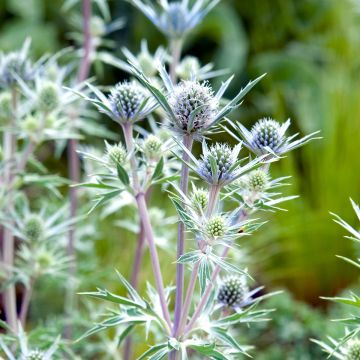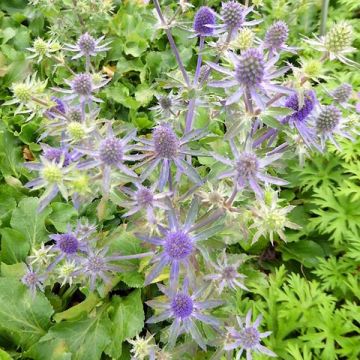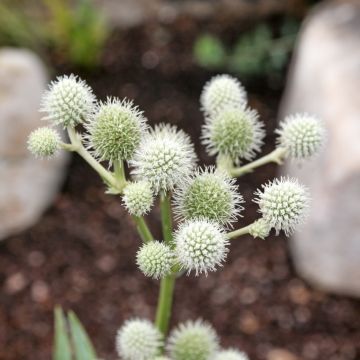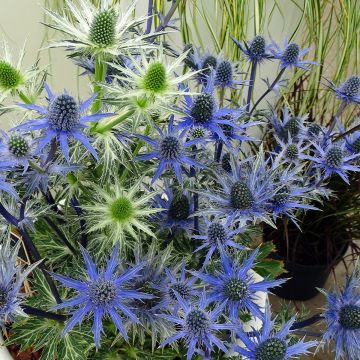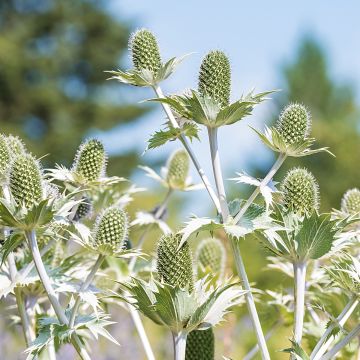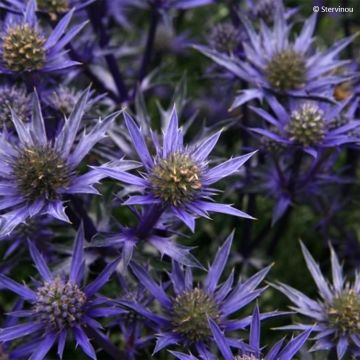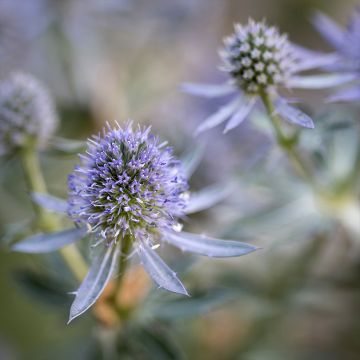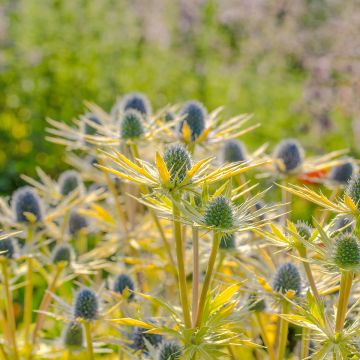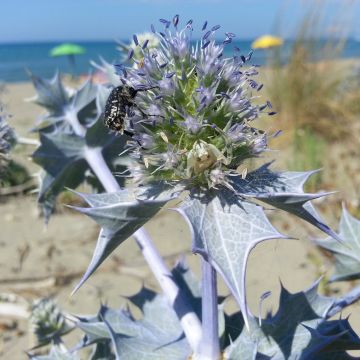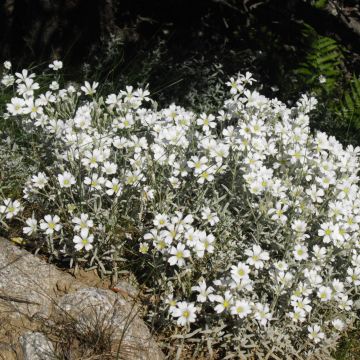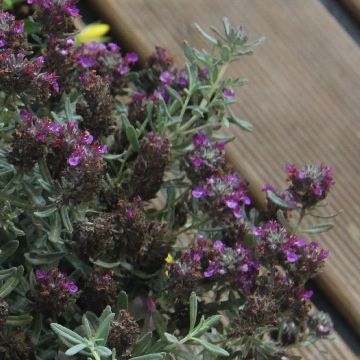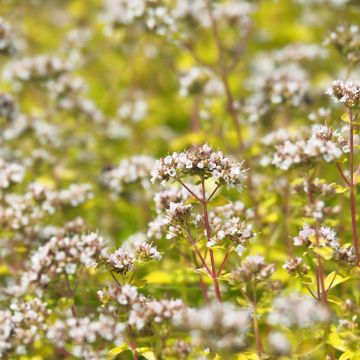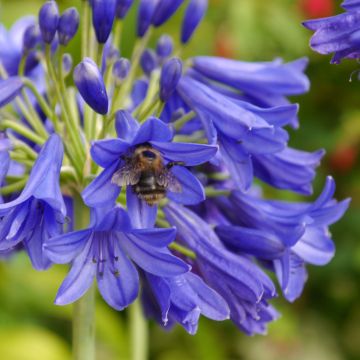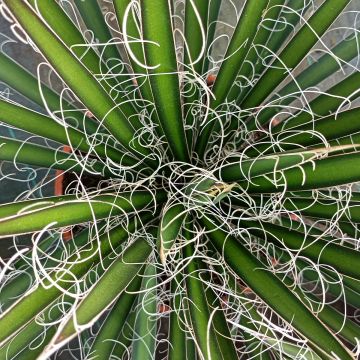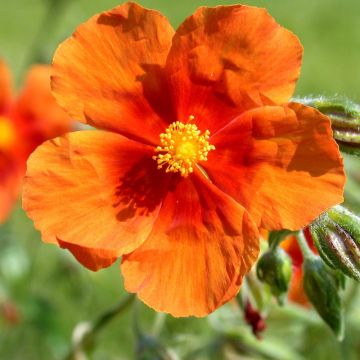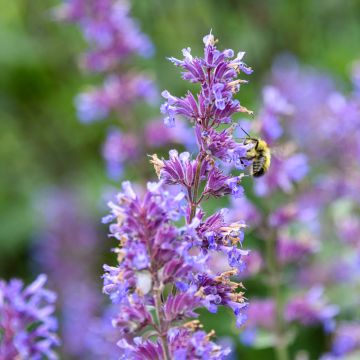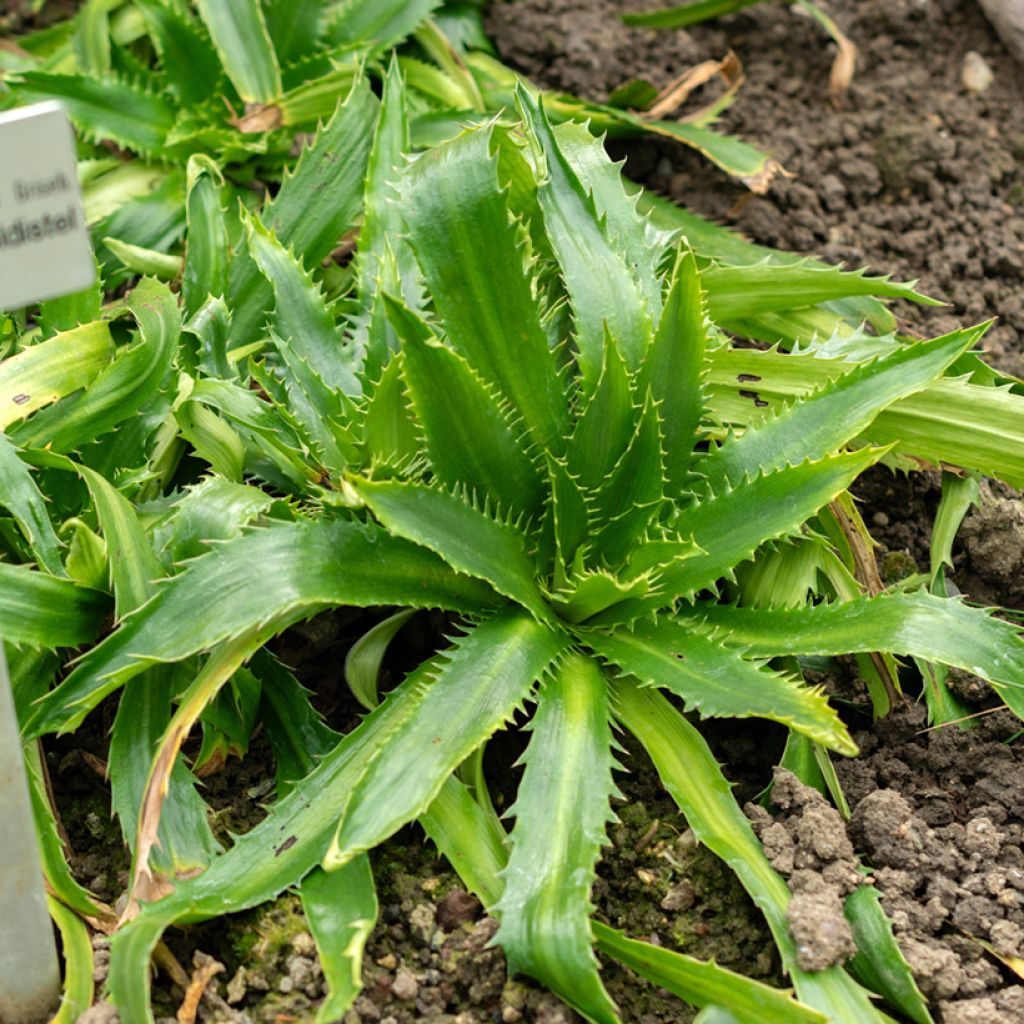

Eryngium agavifolium


Eryngium agavifolium
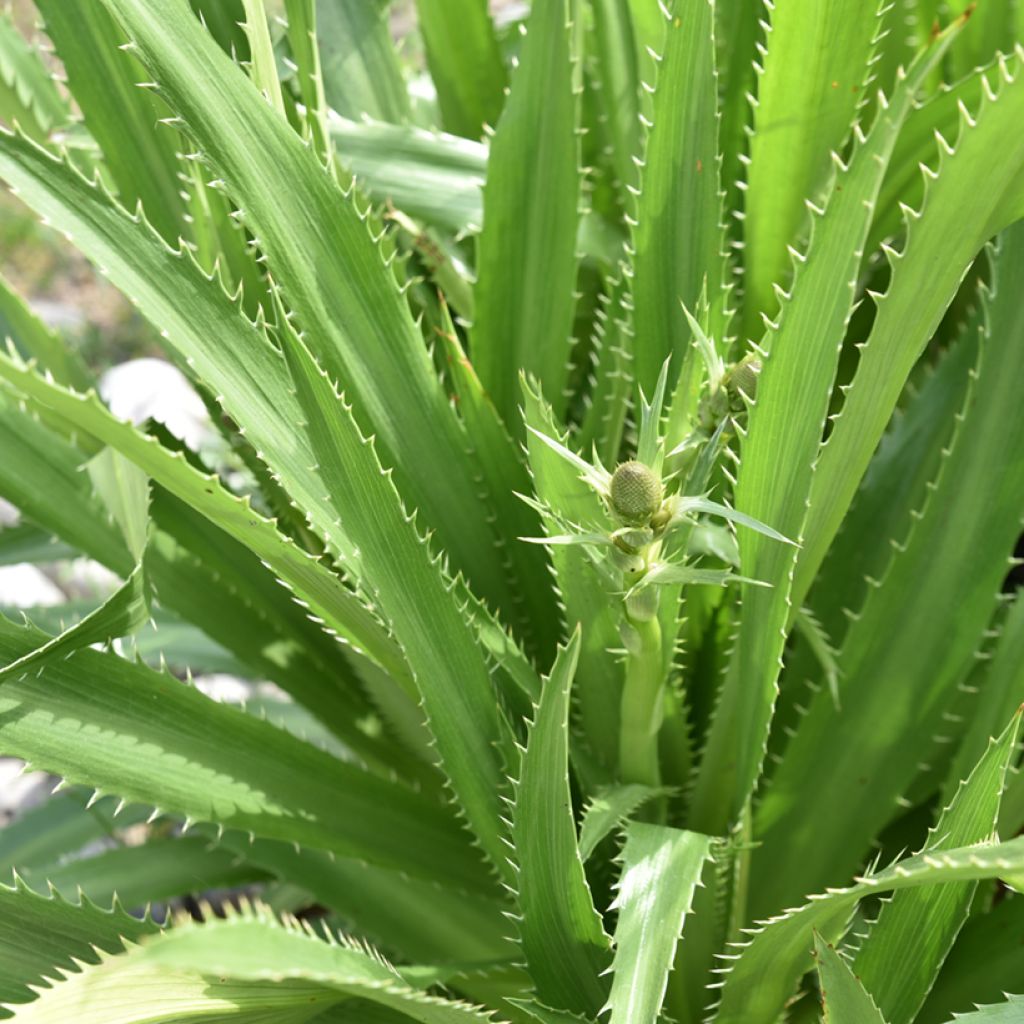

Eryngium agavifolium
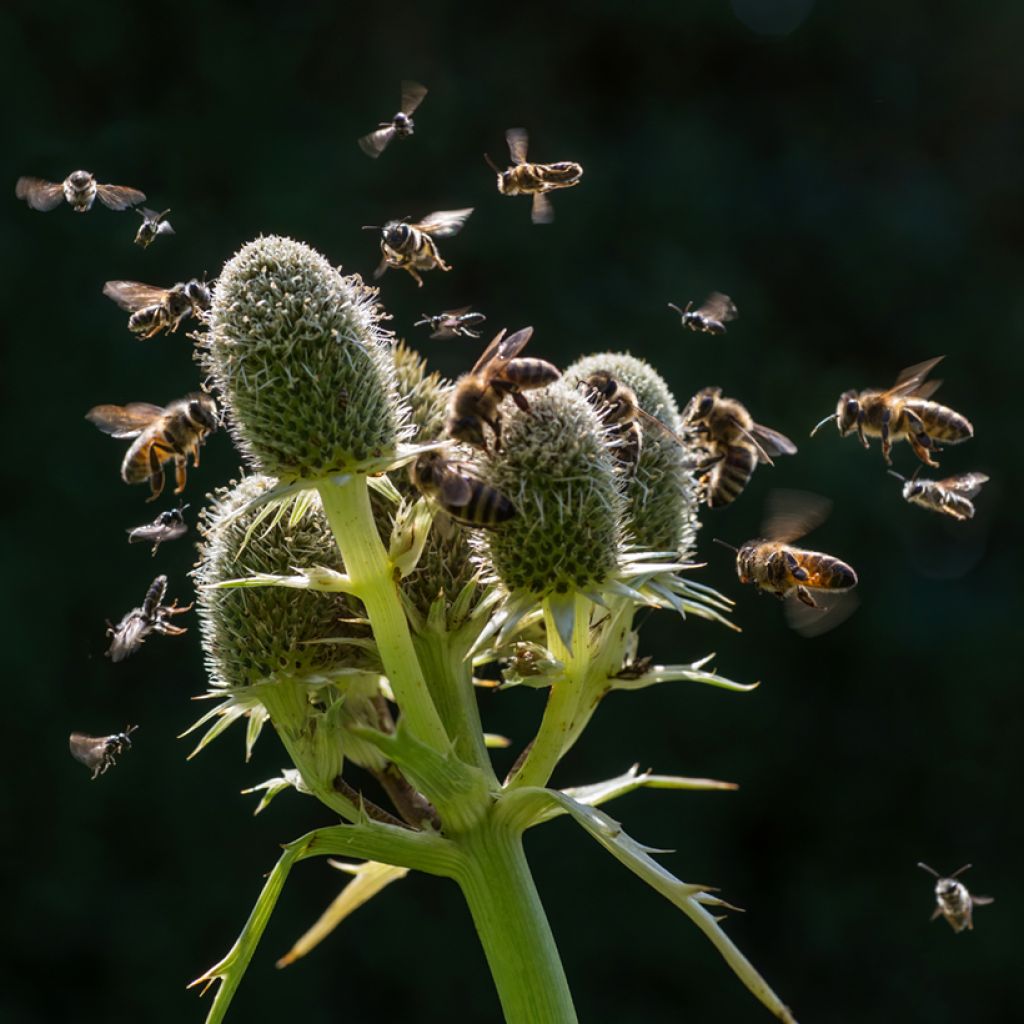

Eryngium agavifolium
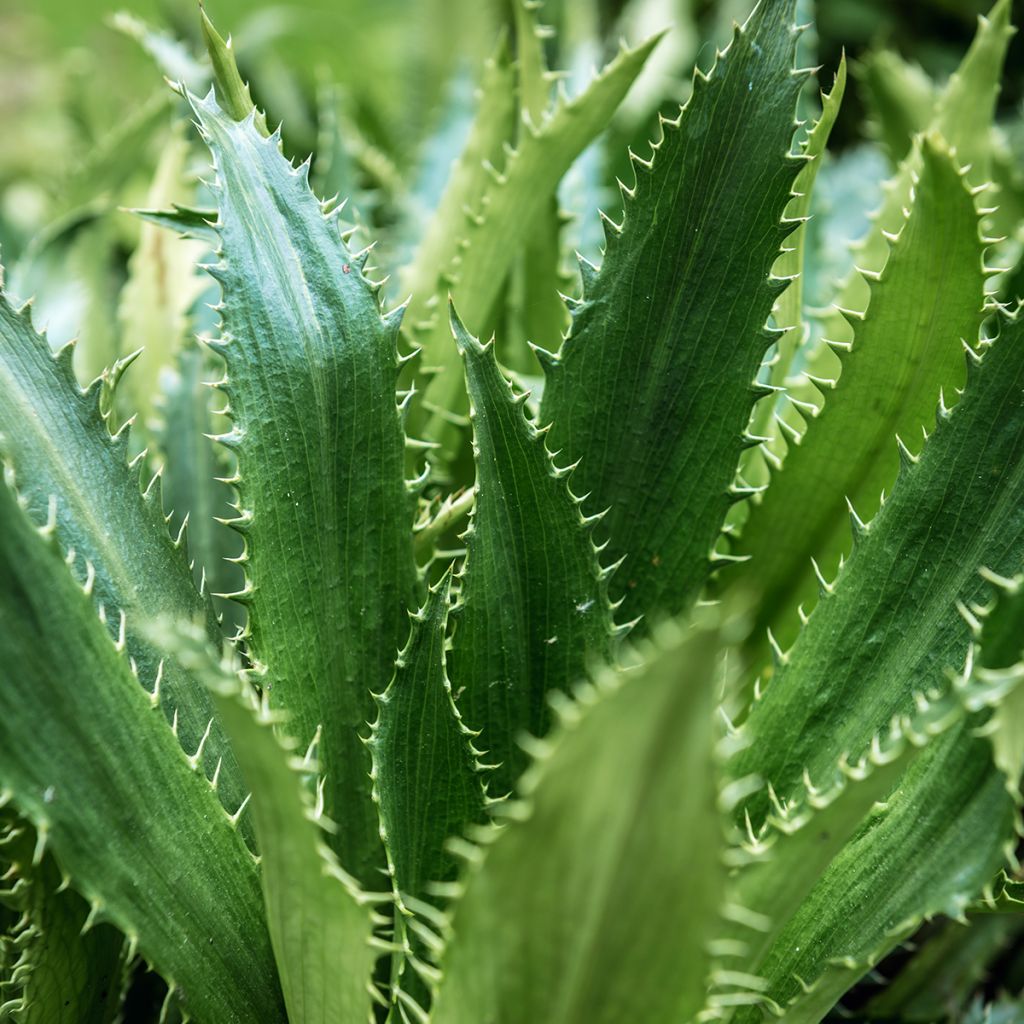

Eryngium agavifolium


Eryngium agavifolium
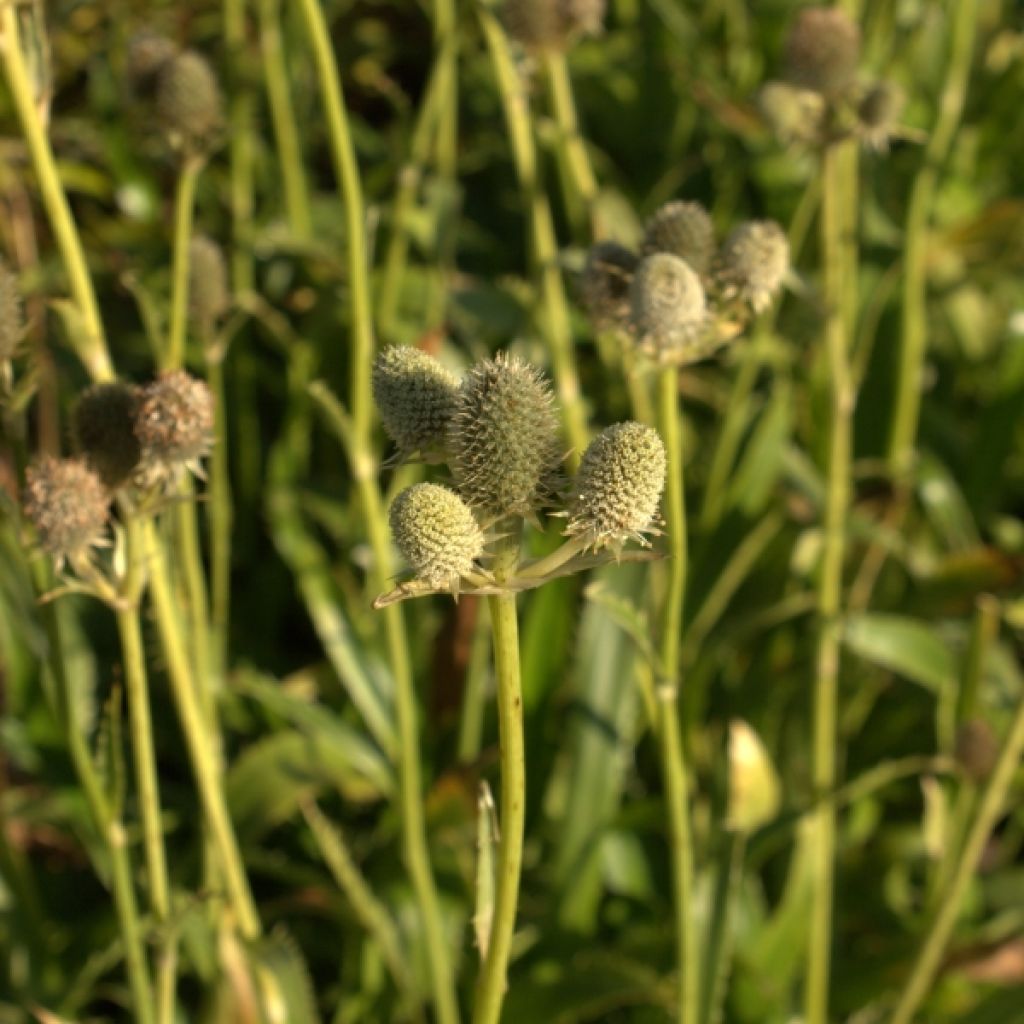

Eryngium agavifolium
Eryngium agavifolium
Eryngium agavifolium
Agave-leaved Sea Holly
Special offer!
Receive a €20 voucher for any order over €90 (excluding delivery costs, credit notes, and plastic-free options)!
1- Add your favorite plants to your cart.
2- Once you have reached €90, confirm your order (you can even choose the delivery date!).
3- As soon as your order is shipped, you will receive an email containing your voucher code, valid for 3 months (90 days).
Your voucher is unique and can only be used once, for any order with a minimum value of €20, excluding delivery costs.
Can be combined with other current offers, non-divisible and non-refundable.
Home or relay delivery (depending on size and destination)
Schedule delivery date,
and select date in basket
This plant carries a 12 months recovery warranty
More information
We guarantee the quality of our plants for a full growing cycle, and will replace at our expense any plant that fails to recover under normal climatic and planting conditions.

Would this plant suit my garden?
Set up your Plantfit profile →
Description
Eryngium agavifolium or Agave-leaved Sea Holly is a very unique perennial. Its egg-shaped flowers have incomparable shades: initially light green at the beginning of their July flowering, they then slightly whiten and end the summer in a subtle blueish grey. These are highlighted by a cluster of long green, thorny, and evergreen leaves under mild climates. The combination is perfect to structure exotic and wild gardens.
Like most Eryngiums, E. agavifolium thrives in rather poor and well-drained soils. It appreciates full sun, is suitable for rockeries, and does not tolerate winter waterlogging. However, it can withstand temperatures close to -10°C (14°F). Its upright habit, as well as its bristly appearance, are often used to structure flower beds and create contrast with softer and gentler neighbouring plants. It can even remain in place in autumn (drying on the stem) to occupy space and attract birds. However, do not hesitate to cut it and include it in dried bouquets, as it is perfectly suited for this purpose.
The leaves of the Agave-leaved Sea Holly sets it apart from other Eryngium. These are long, 40 cm (16in), sword-shaped, shiny green, and have spiny margins. They are evergreen if the cold is not too intense in your region, and as its name suggests, they resemble Agave leaves. They form a large rosette, from which emerge upright stems carrying ovoid flowers, 5 cm (2in) in size, highlighted by a star-shaped bract. This bract reduces as the head grows. If your Eryngium is happy, it can reach a height of 150 cm (59in).
An essential choice if you want an exotic touch in your garden, Eryngium agavifolium is welcome in all gardens. Its long shiny leaves attract light, and its numerous conical flowers blend in with all the summer blooms. It works well between Gaura and Gypsophila, and completes the silver range of Stachys, Cerastiums, and Artemisias.
Report an error about the product description
Eryngium agavifolium in pictures
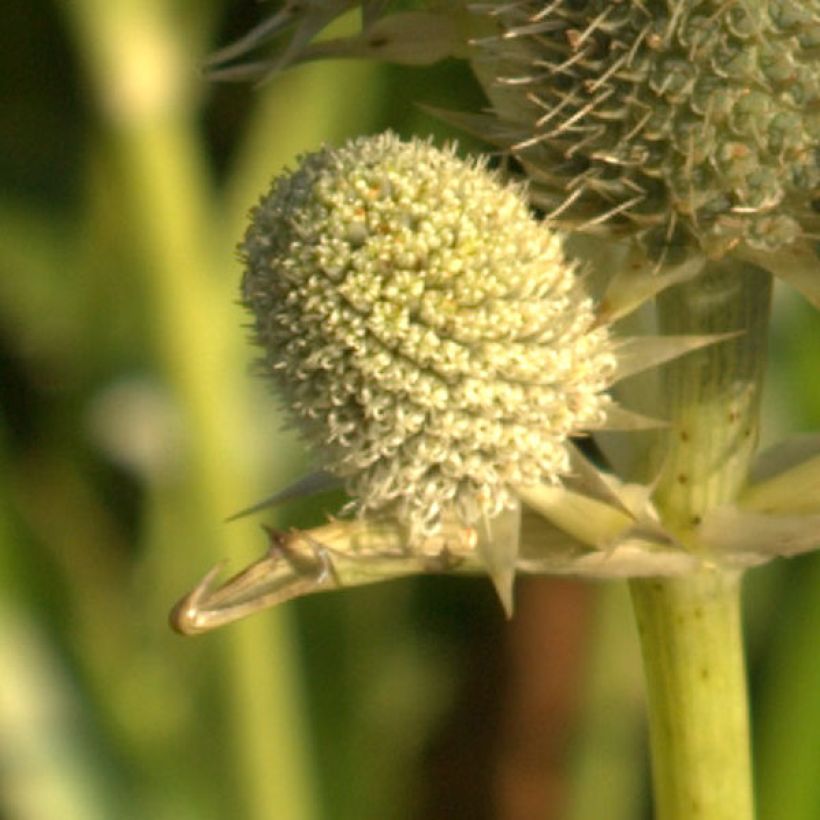

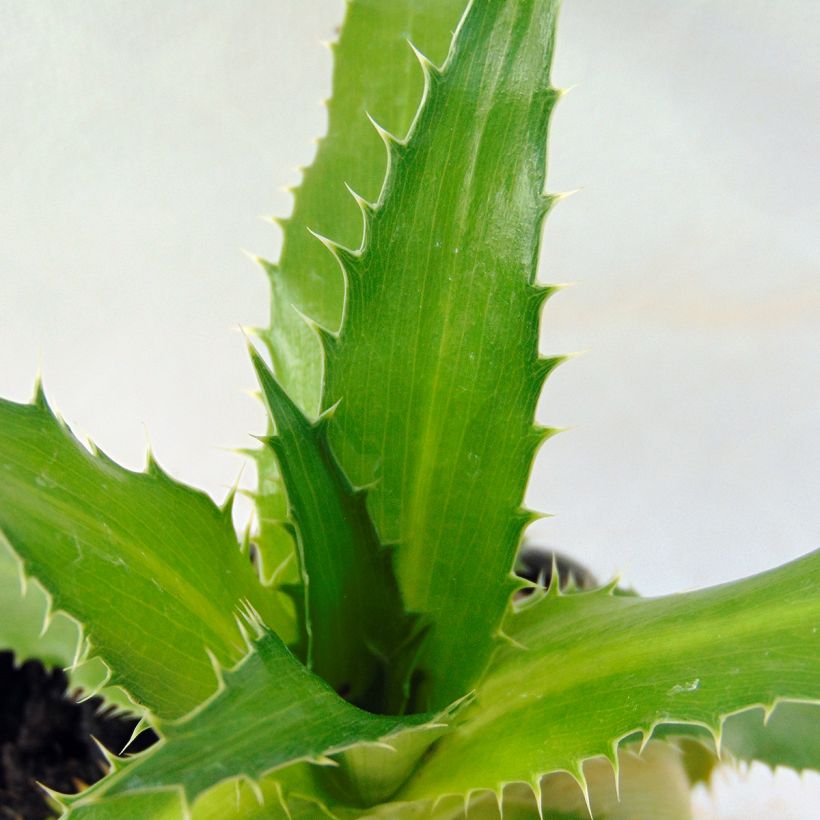

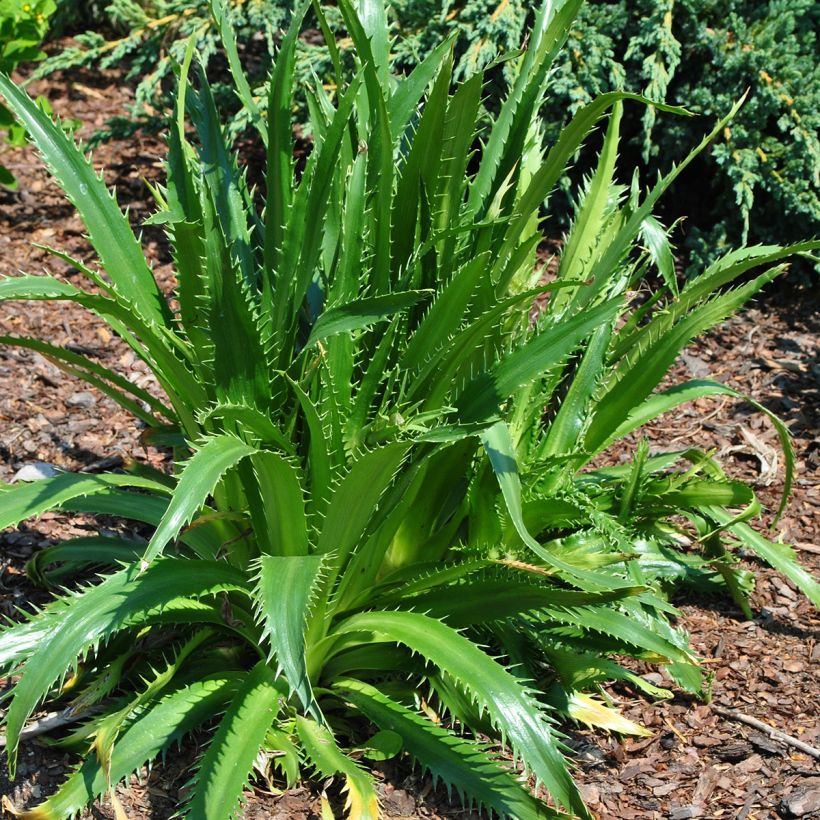

Flowering
Foliage
Plant habit
Botanical data
Eryngium
agavifolium
Apiaceae
Agave-leaved Sea Holly
South America
Other Eryngium - Eryngo
View all →Planting and care
Plant Erygium agavifolium in full sun, in a preferably poor even rocky soil, which is well-drained: It dislikes winter moisture, and tolerates fairly dry soils in summer, even if it needs a little moisture. It will withstand light frosts, to about -10°C (14°F).
Planting period
Intended location
Care
This item has not been reviewed yet - be the first to leave a review about it.
Similar products
Haven't found what you were looking for?
Hardiness is the lowest winter temperature a plant can endure without suffering serious damage or even dying. However, hardiness is affected by location (a sheltered area, such as a patio), protection (winter cover) and soil type (hardiness is improved by well-drained soil).

Photo Sharing Terms & Conditions
In order to encourage gardeners to interact and share their experiences, Promesse de fleurs offers various media enabling content to be uploaded onto its Site - in particular via the ‘Photo sharing’ module.
The User agrees to refrain from:
- Posting any content that is illegal, prejudicial, insulting, racist, inciteful to hatred, revisionist, contrary to public decency, that infringes on privacy or on the privacy rights of third parties, in particular the publicity rights of persons and goods, intellectual property rights, or the right to privacy.
- Submitting content on behalf of a third party;
- Impersonate the identity of a third party and/or publish any personal information about a third party;
In general, the User undertakes to refrain from any unethical behaviour.
All Content (in particular text, comments, files, images, photos, videos, creative works, etc.), which may be subject to property or intellectual property rights, image or other private rights, shall remain the property of the User, subject to the limited rights granted by the terms of the licence granted by Promesse de fleurs as stated below. Users are at liberty to publish or not to publish such Content on the Site, notably via the ‘Photo Sharing’ facility, and accept that this Content shall be made public and freely accessible, notably on the Internet.
Users further acknowledge, undertake to have ,and guarantee that they hold all necessary rights and permissions to publish such material on the Site, in particular with regard to the legislation in force pertaining to any privacy, property, intellectual property, image, or contractual rights, or rights of any other nature. By publishing such Content on the Site, Users acknowledge accepting full liability as publishers of the Content within the meaning of the law, and grant Promesse de fleurs, free of charge, an inclusive, worldwide licence for the said Content for the entire duration of its publication, including all reproduction, representation, up/downloading, displaying, performing, transmission, and storage rights.
Users also grant permission for their name to be linked to the Content and accept that this link may not always be made available.
By engaging in posting material, Users consent to their Content becoming automatically accessible on the Internet, in particular on other sites and/or blogs and/or web pages of the Promesse de fleurs site, including in particular social pages and the Promesse de fleurs catalogue.
Users may secure the removal of entrusted content free of charge by issuing a simple request via our contact form.
The flowering period indicated on our website applies to countries and regions located in USDA zone 8 (France, the United Kingdom, Ireland, the Netherlands, etc.)
It will vary according to where you live:
- In zones 9 to 10 (Italy, Spain, Greece, etc.), flowering will occur about 2 to 4 weeks earlier.
- In zones 6 to 7 (Germany, Poland, Slovenia, and lower mountainous regions), flowering will be delayed by 2 to 3 weeks.
- In zone 5 (Central Europe, Scandinavia), blooming will be delayed by 3 to 5 weeks.
In temperate climates, pruning of spring-flowering shrubs (forsythia, spireas, etc.) should be done just after flowering.
Pruning of summer-flowering shrubs (Indian Lilac, Perovskia, etc.) can be done in winter or spring.
In cold regions as well as with frost-sensitive plants, avoid pruning too early when severe frosts may still occur.
The planting period indicated on our website applies to countries and regions located in USDA zone 8 (France, United Kingdom, Ireland, Netherlands).
It will vary according to where you live:
- In Mediterranean zones (Marseille, Madrid, Milan, etc.), autumn and winter are the best planting periods.
- In continental zones (Strasbourg, Munich, Vienna, etc.), delay planting by 2 to 3 weeks in spring and bring it forward by 2 to 4 weeks in autumn.
- In mountainous regions (the Alps, Pyrenees, Carpathians, etc.), it is best to plant in late spring (May-June) or late summer (August-September).
The harvesting period indicated on our website applies to countries and regions in USDA zone 8 (France, England, Ireland, the Netherlands).
In colder areas (Scandinavia, Poland, Austria...) fruit and vegetable harvests are likely to be delayed by 3-4 weeks.
In warmer areas (Italy, Spain, Greece, etc.), harvesting will probably take place earlier, depending on weather conditions.
The sowing periods indicated on our website apply to countries and regions within USDA Zone 8 (France, UK, Ireland, Netherlands).
In colder areas (Scandinavia, Poland, Austria...), delay any outdoor sowing by 3-4 weeks, or sow under glass.
In warmer climes (Italy, Spain, Greece, etc.), bring outdoor sowing forward by a few weeks.






























